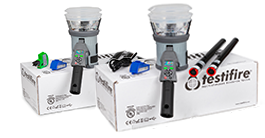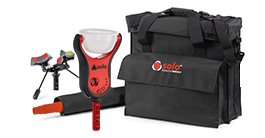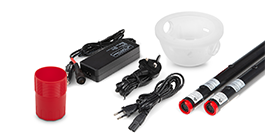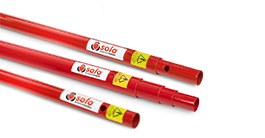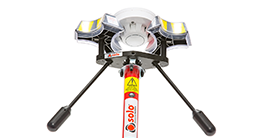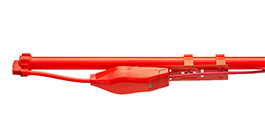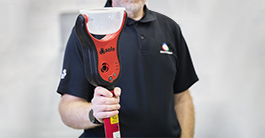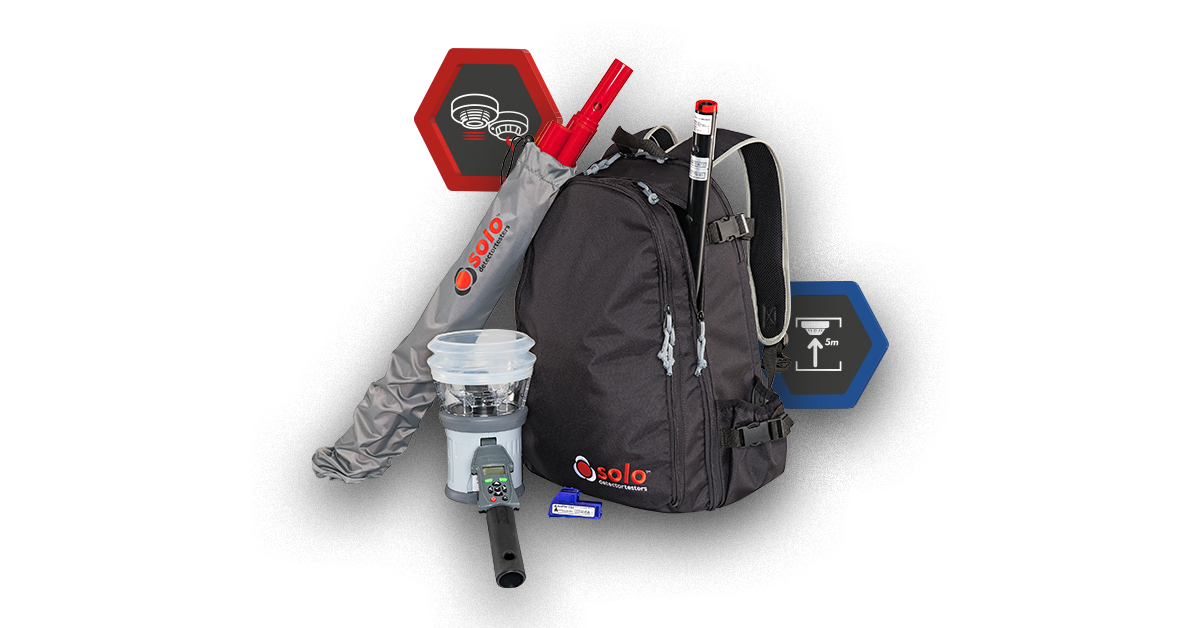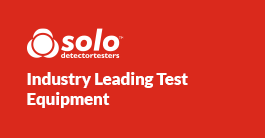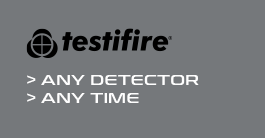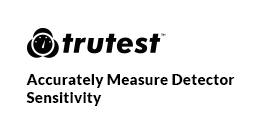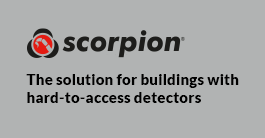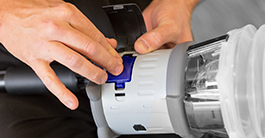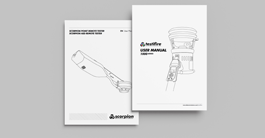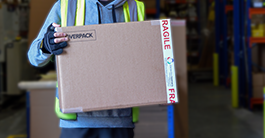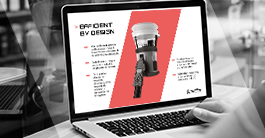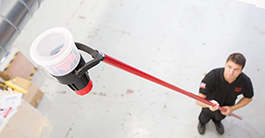This website uses cookies to improve your experience. We'll assume you're ok with this, but you can opt-out if you wish. Learn more.

Heat Detector Testers
Our range of heat detector testers make it easy to find the right solution for your needs. Heat detectors need to be tested in a manner which complies with industry codes and standards and using a method approved by the detector manufacturers.
We offer two stand-alone heat testers, the most popular is the Solo 461 which enables functional testing of heat detectors and is battery powered providing a convenient, universal solution for heat detector testing. In situations where a mains powered tester is needed, we offer the Solo 423 & Solo 424.
With an increase in heat detectors and multi-sensor detectors, our all-in-one test solution, Testifire has become increasingly popular. Combining the ability to test smoke and heat from one device means it delivers the ultimate in productivity and, with a high heat setting up to 100°C, ensures compatibility with the widest range of heat detectors.
-
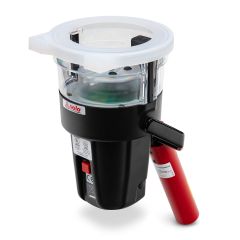
The industry's leading standalone heat tester, enabling testing of standard heat fixed temperature, rate-of-rise and combination detector.
More Information -
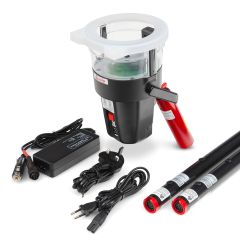
A complete heat detector test kit including the Solo 460 and the required batteries and charger.
More Information
1. How do you test a heat detector?
To test a heat detector adhere to the manufacturer’s instructions. Use specialist tools which are approved by the manufacturer and comply with codes and standards. The tools should simulate heat generation in a safe manner which protects the detector and the user.
2. What is the maximum distance between two heat detectors?
The distance between heat detectors installed in a commercial building is governed by national and regional standards. General spacing guidance: 3.5m from a wall, 7.5m between detectors. Check with a qualified risk assessor or installer for exact guidance.
3. What is the threshold for a heat detector?
In the UK, the threshold for a heat detector typically ranges from 54°C to 65°C (129°F to 149°F) for general-purpose areas. However, specific environments may require different thresholds for optimal fire detection and safety.
4. How often do heat detectors need to be replaced?
According to British standards, heat detectors typically need replacement every 10 years. Regular maintenance and periodic testing ensure optimal performance and adherence to safety regulations, with replacement scheduled accordingly.


